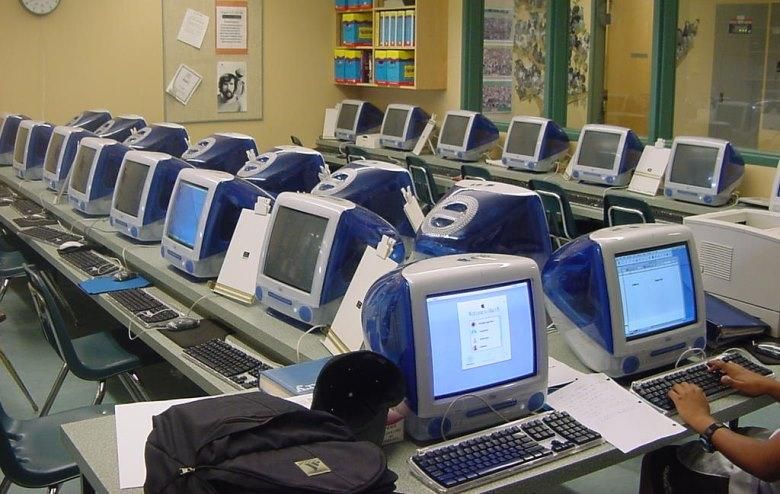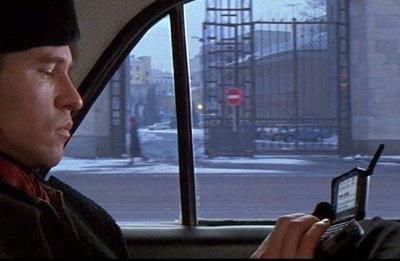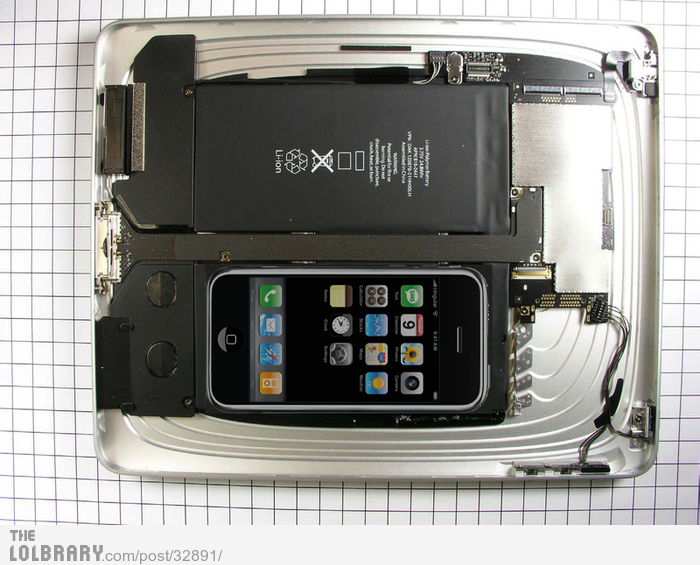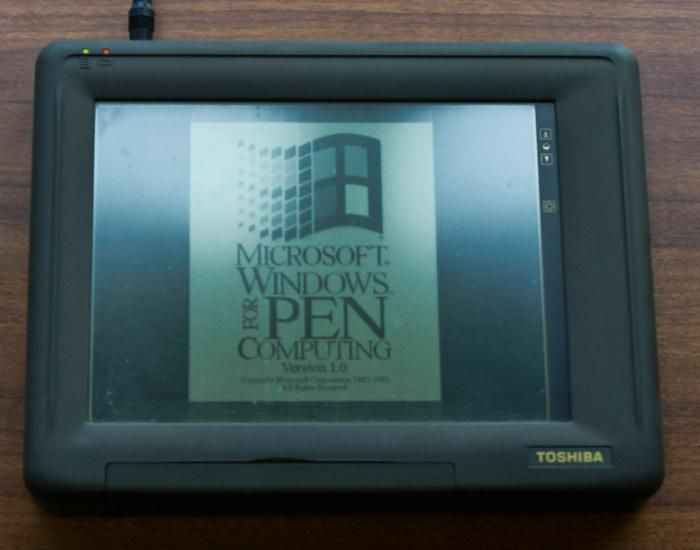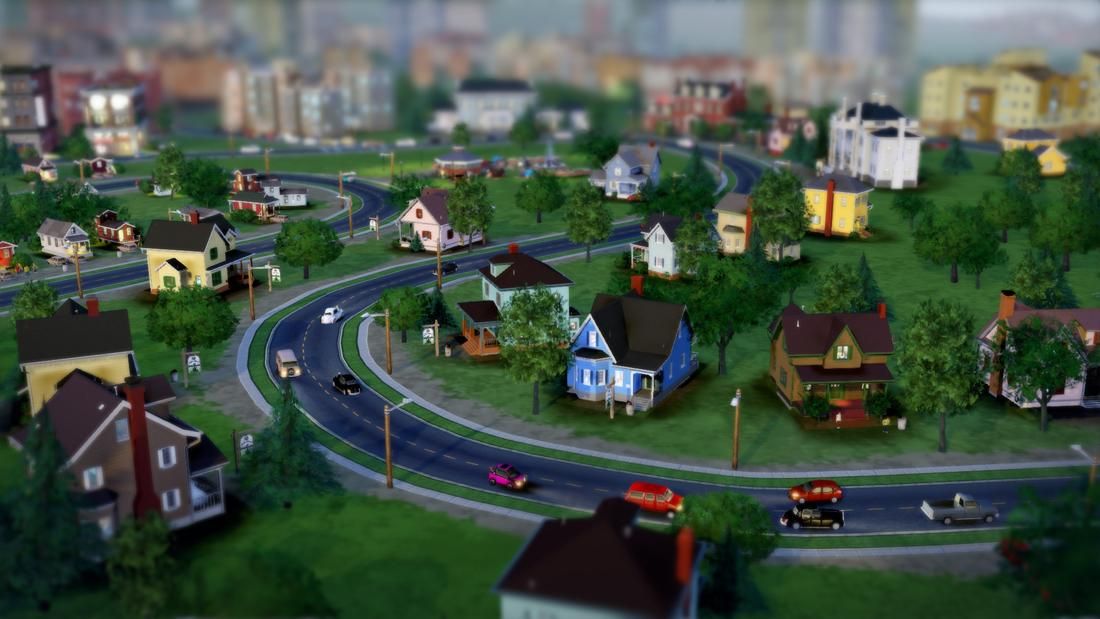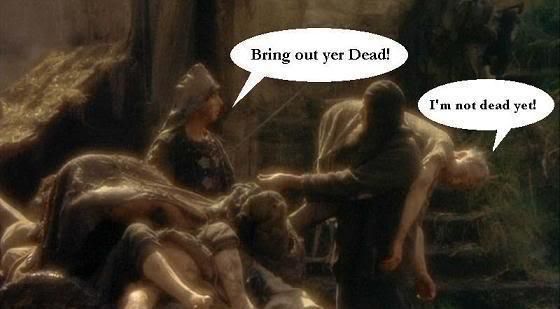I’ve been using Windows since the 3.1 days. Back then my desktop computer cost thousands of dollars. To convince my dad to make the purchase I had to promise that I’d somehow make it last through college — I wasn’t even out of Junior High School at the time. Before you laugh, that was back in the day when such a claim could actually be pulled off.
Home computers were generally of the “desktop” variety back then — they sat on your desk and your huge CRT monitor sat on top of them. A few years later my friend’s dad showed me a “luggable” computer. It was essentially a desktop computer with a small keyboard that clipped to the front (which covered the 5-inch built-in CRT), and beefy carrying handle. You couldn’t run it without plugging it into the wall, and the thing weighed around 70-pounds. “Luggable” was right.
Over time computers got smaller and eventually morphed into laptops, notebooks, and ultra-books. Some of them got touch-screens and styli along the way, but, at their heart, they were still a “desktop computer”.
The Rise of the Smartphone
Road-warriors had their laptop, a spare battery, a power cable, wired mouse, Ethernet cable, and spare battery tucked neatly inside their briefcase, laptop bag, or backpack. With that bag and its contents they could work from virtually anywhere in the world.
That was a real smartphone back in its day.
They also had a phone clipped on to their belt. Something interesting began to happen: phones started getting smarter. Their screens got bigger, data services were added alongside voice, email and “instant messaging” arrived. Eventually real apps were written, followed by operating systems that enabled even “smarter” apps to do even more.
Before we knew it, “smartphones” were being used for many of the things that we needed laptop computers for not long before. The laptops — so recently a marvel of technological advancement — spent less time on the lap, and more time in the bag.
Hello, iPad!
Eventually Apple did something bold: they made their iPhone bigger — a lot bigger. And they took out the phone. The iPad was born, and the era of the modern tablet had begun. Others quickly copied them, hoping to piggyback on Apple’s success. Before long, others followed that were better, faster, thinner, lighter, and could do more things.
Oh! So that’s what the inside of an iPad looks like!
Apps had progressed. Wireless data flowed all around us. Third-party manufacturers started making cases with integrated keyboards for the new touch-friendly devices. To the lay person, a tablet being used with a wireless keyboard looked no different than a “traditional” laptop.
Road-warriors ditched their briefcases and bags for their iPad, keyboard, and charger. It was all they needed. The traditional laptop was all but dead — and the biggest author of desktop operating systems knew it.
Windows 8/RT
After having lost the smartphone battle to the iPhone and the up-and-coming Android OS, Microsoft attempted to reinvent themselves. Windows Phone was born, and wowed us with it’s live tiles. “Wow” can be interpreted as either “good” or “bad” depending on one’s perspective.
And you thought the iPad was the first tablet…
They tried to push their new paradigm to desktop and laptop computers, but the new UI wasn’t very well received — except on tablets. Microsoft tried a lot of things: Windows 8, Windows Surface, Windows RT, and others. Each had their own market targeted — but other than the geekiest of geeks, no one knew the difference, and most were frustrated with the radical change from what they’d become accustomed to through decades of relatively conservative changes.
Some of Microsoft’s partners began reporting dismal sales figures in their PC lines — encompassing both desktop and laptop computers. Even Apple’s PC sales began to falter.
Why?
As I sit here at my desktop computer running Windows 8 Pro (and kicking myself for upgrading it from Windows 7), I can’t help but think that I’m part of a dying breed. I’ve got three tablets within arm’s reach. I could write this article using any one of them, either through an interface on a web browser or via an app. I wouldn’t need a keyboard, but it sure makes things faster. Since all my tablets are Bluetooth-enabled all I’d have to do is pair a full-sized keyboard to one of them and I’d be set.
I haven’t found a good, ergonomic Bluetooth keyboard yet (if you’ve got suggestions, let me know in the comments), and editing video isn’t quite “there” on tablets — not just yet. Add to the those the fact that I can’t yet play the new Sim City on Android or iOS, and it’s three strikes.
You can see my house from here! Unless the server’s crashed…
That’s it. That’s my list in its entirety. Once those three things have been overcome I’ll probably get rid of one of the two “computers” in my house — the one I’m using to write this article. I’ll likely keep the other, but it’s tucked away in a server closet, quietly purring away recording over-the-air HDTV, and storing my movie and music collections. I’m currently putting money away to buy a NAS which will take care of everything but OTA TV… but with Netflix, Hulu+, YouTube, and Google Play, I could live without that, and could turn off the only other computer in the house.
Oh, but I’m forgetting my laptop! I only turn it on for our weekly episodes of Pocketnow Live. Other than that, it sits on its shelf waiting to be turned on.
PCs Aren’t Dead — Yet
I’m not standing on my soap box, calling each of you to action to rid your home of the “traditional” computers. Ask any teenager: the days of the PC are already numbered. Smartphones and tablets have all but taken their place. I know it. Major manufacturers know it. Certain companies are trying desperately to convince otherwise, but in their hearts (and in their boardrooms), I think they know it too.
Oh shut up! You’ll be stone cold in a moment!
For those of you still wondering, yes, I kept that original computer around until I graduated from college. I hadn’t turned it on in years and had gone through several computers since I made the promise to my dad. When I tried to give him the computer back after graduation, he only chuckled. He knew he wasn’t getting me a computer as much as he was getting me to learn up a skill-set that I’d use for the rest of my life. It was the commitment to the technology that he was after — not to that specific computer. If he could see me now, I think he’d be proud of what I made of his investment all those years ago.
Thanks, Dad.
—
Image Credits: Monty Python and the Holy Grail, Sim City, Microsoft Windows for Pen Computing, LOLBRARY, The Saint, ICT for Educators

